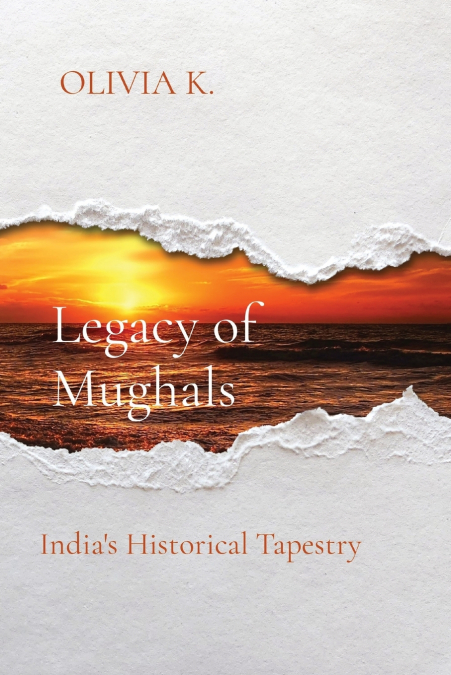
Olivia K
The book 'Legacy of Mughals: India’s Historical Tapestry' is an enthralling investigation into the significant influence that the Mughal Empire has had on the intricate fabric of India’s history and culture. During this all-encompassing trip through time, the emergence, pinnacle, and eventual decline of one of the most significant empires in Indian history are dissected, and the enduring threads that continue to weave through the identity of the nation are revealed. It is with the arrival of Babur, the founder of the Mughal dynasty, that the story begins. Babur’s conquests and the founding of the empire established the groundwork for a period that was significant both politically and culturally. After thereafter, the story moves on to describe the reign of Akbar the Great, which was a time period that was distinguished by forward-thinking policies, inventive administration, and a cultural revival that contributed to the golden age of the empire. The Mughal kings, who were well-known for their support of the arts and architecture, left an indelible mark on the landscape with the construction of iconic landmarks such as the Taj Mahal and the Red Fort. The economic and commercial aspects of the Mughal era come to the foreground as the historical tapestry continues to become more and more intricate. India became a prosperous hub along the Silk Road as a result of the economic policies and inventions that were implemented during this time period. This not only contributed to the country’s internal prosperity. This book takes the reader on a journey through the demise of the empire, during which it investigates the intricate interplay of circumstances that ultimately contributed to its downfall. These elements include invasions, internal struggle, and the growth of regional powers. The contributions that the Mughal empire made to the fields of art, literature, and architecture are an essential component of their legacy. A thorough investigation into the cultural renaissance that occurred during this time period is presented in this book. The author investigates the ways in which Persian and Central Asian influences were combined with indigenous Indian culture. The enduring architectural marvels, ranging from the ethereal Taj Mahal to the majestic Red Fort, are explored in great detail, giving insight on the historical significance and cultural meaning of these structures. In addition to the areas of politics and art, the legacy of the Mughals stretches further. The Mughals’ approach to religious tolerance and variety is explored in depth throughout this book, which also acknowledges the Mughals’ impact on the socio-religious fabric of Indian culture. There is a section that is specifically devoted to highlighting the gastronomic heritage that the Mughals left behind, and it is in this area that the continuing imprint on Indian cuisine, with its culinary inventions and fusion of flavors, is investigated.Legacy of Mughals does not only unravel history; rather, it methodically traces the footprints of the Mughal Empire into modern India incorporating historical events. The last chapters acknowledge the conflicts and points of view that surround this historical tapestry and reflect on the ways in which the Mughal era continues to have an impact on contemporary politics, art, and society. The purpose of this book is to encourage readers to appreciate the delicate threads that connect the past with the present in the vast fabric of India’s history. It serves as an invitation to explore deeper into the rich heritage that the Mughals have left behind.